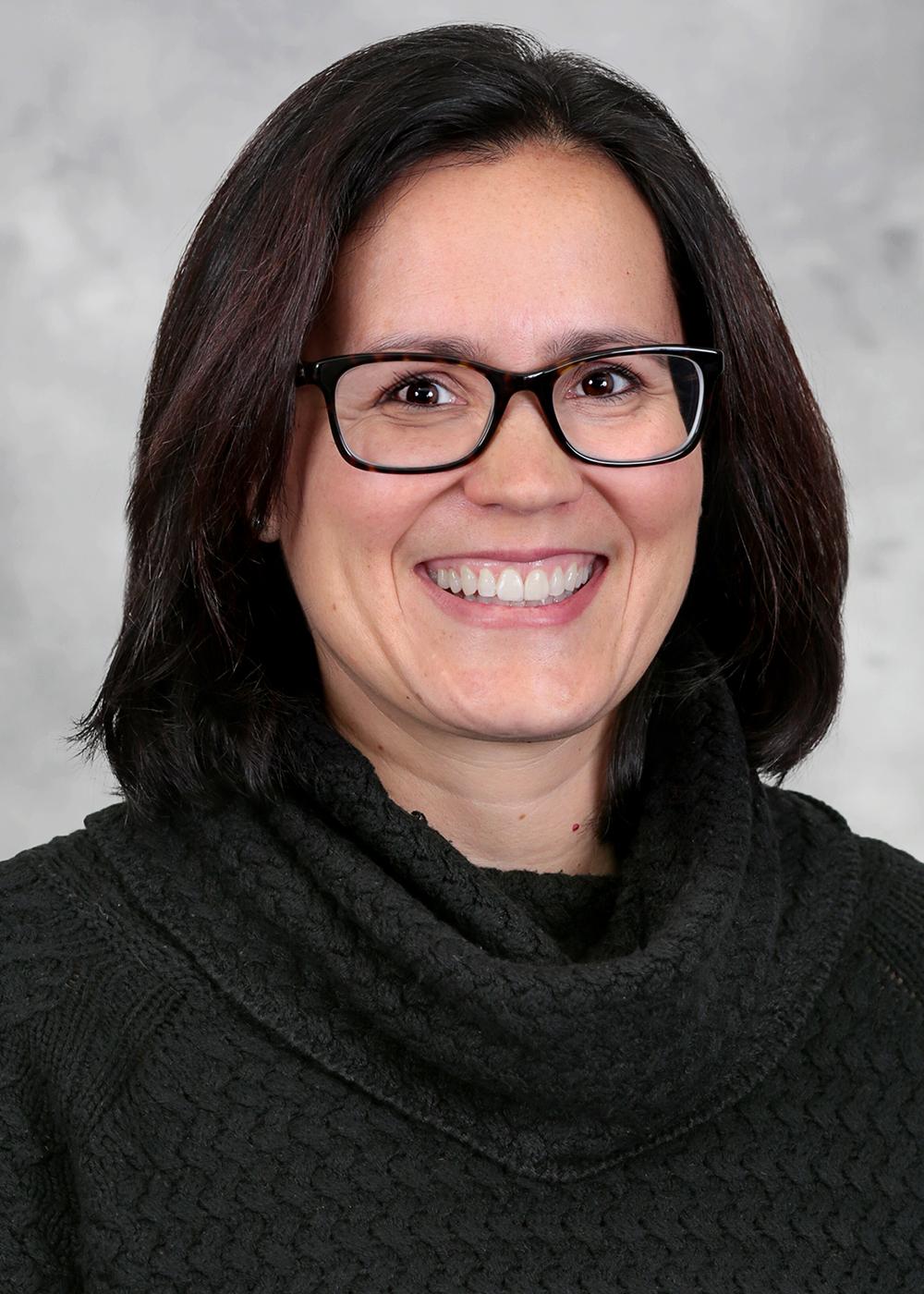Patricia Hoffman, PharmD, BCPS, CDOE, CVDOE Clinical Pharmacist Discusses Overcoming Challenges in the Pharmacy-led Continuous Glucose Monitoring Project for Patients with Diabetes and Behavioral Health Conditions

DOE, CVDOE Clinical Pharmacist
How does the Pharmacy-Led Continuous Glucose Monitoring Quality Improvement Project address the needs of patients with both diabetes and behavioral health conditions? What challenges did you face, and how did you overcome them?
Patients with behavioral health conditions are at higher risk for uncontrolled blood sugar and diabetes complications due to their medications. They are also more likely to develop mental health issues like anxiety and depression.
To address these needs, we focused on building trust through more frequent and longer visits, often requiring active listening. For example, some patients with schizophrenia initially refused CGM due to fear of the device. We used YouTube videos and discussions to explain the benefits, emphasizing control over their diabetes. Persistence, education, and patient involvement helped us overcome these challenges.
Additionally, we addressed issues like patients removing sensors early by involving them in the process. Younger, tech-savvy patients adapted quickly, though financial and social concerns remain difficult to address without a social worker.
What strategies and tools did you use to support these patients, and what was the impact?
We didn’t exclude patients with behavioral health conditions from CGM. For those hesitant about CGM, we used Professional CGM as a bridge to Personal CGM. For patients fearful of needles, we placed sensors for them until they felt comfortable doing it themselves, even if it took months of biweekly visits.
How did collaboration with endocrinologists enhance patient outcomes, and what insights can you share about multidisciplinary collaboration in primary care?
Collaboration with the CPC Endocrinology Pharmacy team was essential. It allowed us to expand CGM access and education, especially for patients with crossover between primary care and endocrinology. Multidisciplinary teamwork ensures consistent care, reduces confusion, and prevents medication errors. Having a pharmacist embedded in the practice helps bridge communication gaps and provides more in-depth patient education, particularly with the latest diabetes technologies. This collaboration is key to improving patient outcomes and driving primary care transformation.
